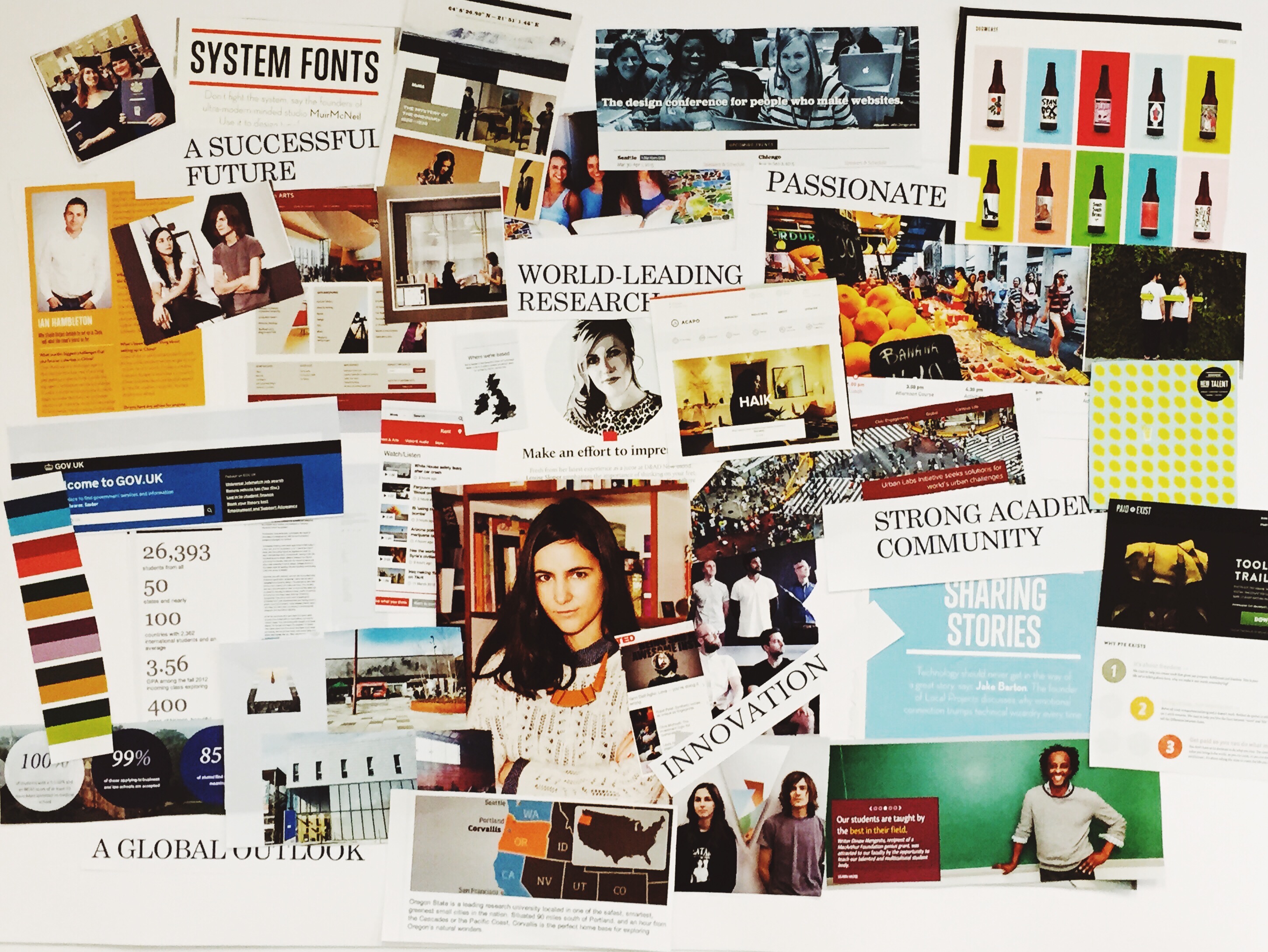

Relax! Your draft won’t be seen as the final product, but rather a conversation starter, allowing you to discuss the most important issue of them all - the concept. Mood boards allow you to swiftly pump out concepts without worrying about execution. But when you are trying to produce as many ideas as possible, the race for perfection only wastes precious time (and money). Instead of spending endless hours on creating the impeccable look and then facing the anticipation of feedback that might thorn the entire design apart and send you back to the drawing board, create a simple mood board that represents your initial idea and ask for the client’s input.ĭesigners often fall into the trap of striving for perfection. To avoid such a scenario, start creating mood boards at the early stages of the project and stop wasting your time on assumptions that will end up being rejected by the client. What one person considers “minimal,” another might call “sterile,” and the last thing an interior designer wants to hear after countless hours of work on creating a perfect hygge space is “ Seems cold to me. It is easy to misread someone’s expectations, especially if the person hasn’t been very precise about how they imagine their new interiors would look. Where words fail miserably, mood boards strive, and using them at the early stages of a project can help win pitches and get you on the same page with the client. Since using telepathy is still an issue for most of us, we have to find the most efficient way to share our vision with peers and avoid spending too much time going in the wrong direction. There isn’t a single interior designer who hasn’t struggled with communicating his design ideas to clients.

Or, want to brush up on core branding skills like creating a mood board? Check out the Branding Fundamentals section of our blog.We all know mood boards are important for design creatives, but what is it that makes them essential for interior designers? If you want to learn more about mood boards, check out these videos on the topic. Now that you are all set with basic instructions and tools you need to create your mood board, it is time to start creating! Yet another pay-to-play option, this service’s ready made mood board selection is vast, and customizable. One of the higher end “white board” alternatives out there, it also has great capabilities around image based collaborative sharing, although it might be a bit too much for the casual user, it is great if you are a creative services provider. One of the simplest and easiest to use mood board creators and cloud based systems out there, it comes with ready-made templates and sleek design suitable for any beginner. Pinterest allows for lots of browsing and inspiration across other user’s accounts. So, now that you’ve got a handle on the basics, how are you going to create yours? Here are some simple tools that people use every day in mood board creation: PinterestĬertainly not the best tool for creating a mood board, but definitely the most popular for casual use. If you are looking for a layout to use for your mood board design, try the template below! This should give you an idea of different approaches to creating a mood board. Remember the mood board examples from earlier in this post? Review these mood boards and note the different images used. Research your favorite brands and publishers to find photos, patterns, and fonts that communicate the specific mood that embodies your brand. You will likely be spending most of your time using the internet, although technically print magazines and other physical media can work too. It is a time to let your creativity run wild, and “curate” pieces of inspiration that you resonate with.
#MOOD BOARD INSPO HOW TO#
How to make a mood board:Ĭreating a mood board should be a fun, free-flowing exercise.


Once the client has committed, you can then translate what they have told you verbally, into something visually, so that you don’t end up with a visual identity or logo design that is the wrong kind of luxury, or something of that nature. To do this effectively, a brander will usually present several mood board options (like the above) once that have gotten the client to describe exactly how they want the brand to be perceived. The goal is to embody the brand’s desired perception, visually. The basic premise behind a mood board is that it must communicate ONE mood, not many. Mood boards come in all sorts of… Moods! There are dark for things like spooky movies, vibrant and happy for brands like Toys “R” Us, super luxe for brands like The Robb Report, modern for companies like Apple, and, well… you are starting to get the idea.


 0 kommentar(er)
0 kommentar(er)
